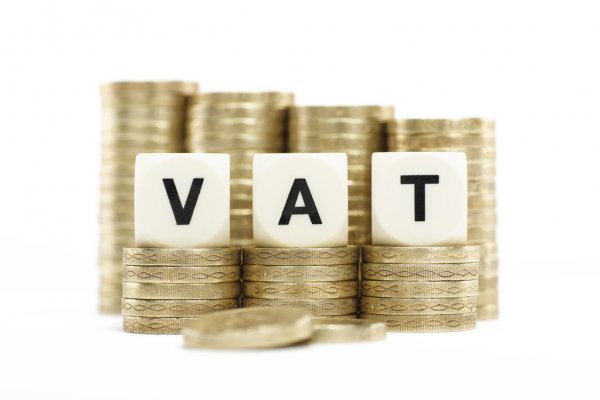How Businesses can use VAT to Improve Cash Flow
26th Jun 2020

Cashflow is the lifeline of many companies and during difficult times, it is more important than ever. Usually, when you think about VAT, it is in a negative light. However, there are ways in which businesses can use VAT to their advantage and improve cash flow. Here we discuss some of the best ways to achieve this.
Time your big purchases carefully
Aim to make any large business purchases near to the end of your VAT accounting period, so the reclaim of the input tax paid will be quicker. Similarly, if you make large sales near the beginning of your VAT accounting period, you are more likely to have received payment from your customer before you have to pay the output tax over to HMRC. Flat Rate VAT Scheme
The flat rate VAT scheme is an alternative method that businesses can use if they have a turnover of £150k or less. This method can simplify VAT accounting significantly. It allows you to pay a percentage of your total VAT-inclusive turnover instead of recording how much VAT you have charged on every sale and how much VAT you have paid on every purchase. HMRC publishes a list of the flat rate percentages which apply for each trade sector. You will still show the correct rate of VAT on your invoices, but you will only pay some of this VAT to the HMRC. You cannot claim VAT on your purchases, but the flat rate percentage is intended to take this into account. A downside to this method is that you may pay more VAT if you sell a lot of reduced rate or zero rate goods.
Cash Accounting Scheme
Cash Accounting is another alternative that could be considered. It is available for businesses that have an estimated annual turnover of £1.35million or less. Under this scheme, VAT is payable according to the cash actually received, rather than based on the invoices issued. This means that the business will not end up paying VAT on invoices that are yet to be paid. This can result in a much-needed boost to the cash flow of the business. The Cash Accounting scheme can be a great option for your business if your customers are slow payers, but conversely, if you buy goods on credit, you will not be able to claim the VAT back until you actually pay for them.
Annual Accounting Scheme
As with the cash scheme, you can use this scheme if your annual turnover is £1.35million or less. As the name suggests, you only make one VAT return a year, however, you make 9 monthly payments during the year (or 3 quarterly payments) and a balancing payment 2 months after your year-end. The 9 monthly payments are based on 10% of the VAT paid to HMRC in the previous year (or 25% if you make 3 quarterly payments). This will have cash flow advantages if your sales are going up year by year and also means you will know exactly how much you are due to pay for each instalment during the year. However, if you are regularly able to reclaim VAT on your return, then you would not choose this scheme, as you would only receive one repayment a year.
Bad Debt Relief
If you are not using the cash Accounting scheme, then you may have to pay VAT to HMRC before you have received payment from your customer. When the debt is overdue for at least 6 months and written off in your books you can claim bad debt relief on your VAT return. If you end up receiving the payment, you will need to repay the VAT, so take this into account.
Increase VAT returns
If you normally receive a repayment from HMRC when you submit your VAT return rather than have to make a payment, you can improve your cash flow by completing monthly VAT returns instead of quarterly or annual returns. This might be suitable if your business buys standard-rated goods and services, but sells a lot of zero-rated goods. Although this can help your financial position, you need to ensure you have the time and resources to complete these additional VAT returns and that the potential financial gains outweigh the cost of doing the VAT returns.
Although thinking about VAT can sometimes be daunting, businesses need to be on top of their VAT. They also ideally need to plan where possible. The more organised a company is when tackling VAT accounting, the more likely they are to be in a position to use VAT to their advantage and improve their cash flow as a result.
As the list above shows, there are several things a business can do to get VAT working for them rather than against them. Some are small changes that can have a big impact. Others, such as changing VAT schemes are bigger changes and businesses should consider the impact carefully before changing the way they do things.
If you need any information or advice regarding your business’ VAT accounting, then we are here to help. Contact a member of the Wright Vigar team on website@wrightvigar.co.uk
